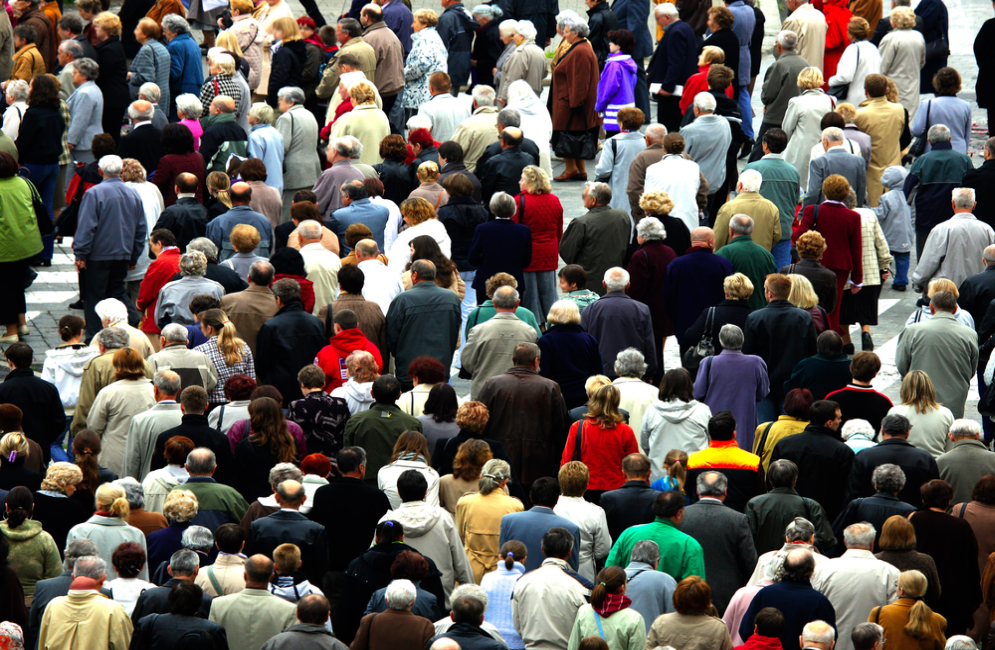Many researches have been recently carried
out trying to figure out the phenomenon of collective consciousness. It derives
from French conscience collective and
means a set of shared ideas, morals, beliefs, and attitudes that function as a
connecting mechanism within society. The term was introduced for the first time
by the French sociologist Émile Durkheim in his famous work “Divison of
Labour in Society”, in 1893.
In his book, Émile Durkheim argued over the
fact that in traditional societies, such as those based on a clan, tribal
relationships or family, totemic religion played a crucial role in unifying
members via the creation of common or collective consciousness. Is such
societies, the contents of an individual’s consciousness are shared with all
the members of their society, forming a mechanical solidarity with the help of
reciprocal alikeness.
Other
Opinions
There are some other modern sociologists
who made attempts to define the term “collective consciousness”. Mary Kelsey, a
sociologist at the University of California, Berkeley, used this term in the
early 2000s to describe people within a social community, for examples mothers,
discovering their common traits and circumstances, and consequently acting as a
group and achieving solidarity. People unite as dynamic groups and share
knowledge, rather than live as separate individuals.
Our society is made up of different
collective groups, including community, organizations, family, regions,
nations, which have the ability to think, judge, take decisions, reform, etc.
It is worth mentioning that the term collective consciousness has been also
used by some parapsychologists. Gardner Murphy, an American psychologist
specializing in personality psychology and parapsychology, came up with the
idea that a person’s mind may survive death in a fragmentary state and
incorporates itself into collective consciousness. He denied the idea that
personality and individual mind would survive as an entity. He claimed that our
mind with our memories would merge itself into a broader field of
consciousness. In addition, he said that personal ego wouldn’t stay, but the
consciousness would be able to acquire new qualities.
Hundredth
Monkey Effect
The phenomenon of the hundredth monkey
effect can be used as an example of collective consciousness. It was a research
carried out in order to analyze the behavior of macaques in the Japanese
islands that refused to eat the fruits that washed ashore on the beach and were
covered in sand. Nevertheless, a female picked up the fruits, went to a well,
washed them, and ate them afterwards. As a result, other macaques, especially
the younger ones, also began washing the fruits before eating them. This group
expanded and there was a change in the consciousness of each macaque, and they
all started washing the fruits.
As human beings, we are connected in a
manner we are not fully aware of, but which many modern scholars are now
discovering.
Info presented by Vista Brokers


Комментариев нет:
Отправить комментарий